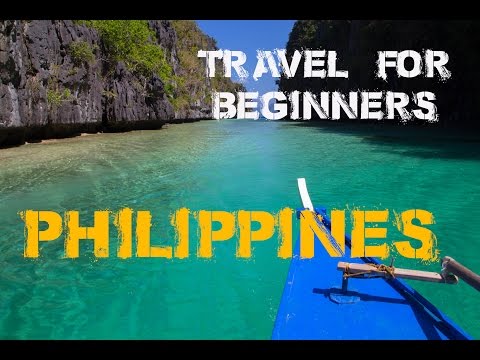
The Philippines, an archipelago of over 7,000 islands in Southeast Asia, offers a captivating blend of natural beauty, vibrant culture, and rich history. From its stunning beaches and majestic mountains to its bustling cities and quaint villages, this tropical paradise invites travelers to explore its many wonders. Whether you’re a nature lover, culture enthusiast, or adventure seeker, the Philippines has something special for everyone. Here’s your high-definition travel guide to navigating this beautiful country.
## Best Time to Visit
The best time to visit the Philippines is during the dry season from December to February when the weather is cooler and less humid. This period avoids the heavy rains and typhoons that are common from June to September. March to May marks the hot summer months, ideal for beach-goers who love soaking up the sun.
## Must-Visit Destinations
### 1. **Palawan**
Often referred as the last frontier of the Philippines, Palawan is a slice of paradise with its pristine beaches and stunning limestone cliffs. El Nido and Coron are hubs for island hopping, snorkeling, and diving with enchanting lagoons and underwater marvels like WWII shipwrecks.
### 2. **Boracay**
This small island is famed globally for its white sandy beaches especially White Beach on its west side. After undergoing rehabilitation in 2018, Boracay has bounced back as a cleaner and more sustainable tourist spot.
### 3. **Cebu**
A blend of urban and natural attractions, Cebu boasts historical landmarks like Magellan’s Cross and Fort San Pedro alongside natural wonders such as Kawasan Falls and Oslob where you can swim with whale sharks.
### 4. **Siargao**
Known as the Surfing Capital of the Philippines, Siargao is perfect for catching waves with spots like Cloud Nine drawing surfers from around the globe. It also offers serene white beaches and natural pools.
### 5. **Manila**
The capital city is a bustling metropolis rich in history and culture. Intramuros, “the Walled City,” contains centuries-old churches (like Manila Cathedral) and fortifications showing Spanish colonial architecture along with various museums narrating rich Filipino history.
## Cultural Insights
Filipino hospitality is legendary; visitors often speak of warmth received from locals which enriches their travel experience significantly. English is widely spoken making communication easy.
– **Festivals**: Experience local culture by timing your visit during festivals like Sinulog (Cebu) or Panagbenga (Baguio) which showcase vibrant parades,
traditional dances, music performances.
– **Food**: Filipino cuisine is a delectable mix influenced by Chinese Spanish American cuisines among others; don’t miss Adobo Lechon barbecue dishes!
## Travel Tips
– **Getting Around**: Jeepneys tricycles most common modes public transport within cities but renting motorbike gives more freedom exploring rural areas.
– **Stay Connected**: Sim cards cheap widely available maintaining connection doesn’t break bank.
– **Safety**: Generally safe destination but usual precautions against petty crimes especially crowded areas advised; consult travel advisories specific regions due unrest occasional conflicts.
## Sustainable Travel
Being part an ecosystem reliant on tourism it’s important adopt practices that help sustain local environments communities while travelling.
– **Respect Natural Habitats**: Avoid single-use plastics when exploring nature reserves marine parks.
– **Support Local Economy**: Purchase from local artisans eat local restaurants helps keep money within community promoting economic growth sustainability.
## Conclusion
Whether it’s diving into crystal-clear waters climbing picturesque peaks or immersing yourself in city life cultural festivities there’s no shortage adventures discover Philippine Islands With careful planning consideration local customs environment can ensure memorable sustainable trip heart Southeast Asia!
